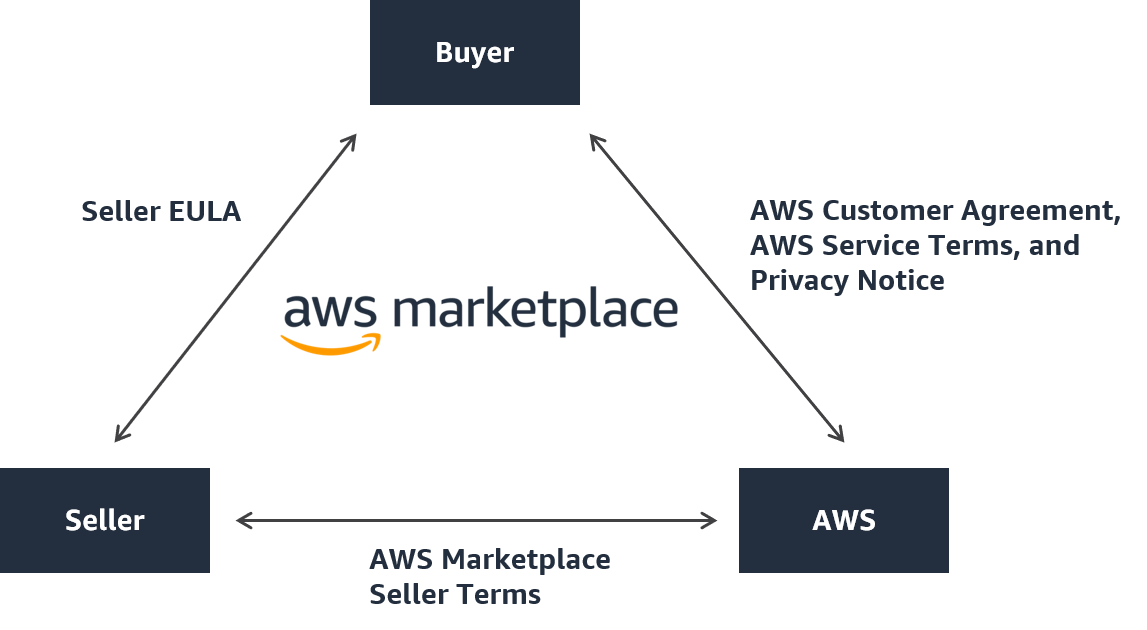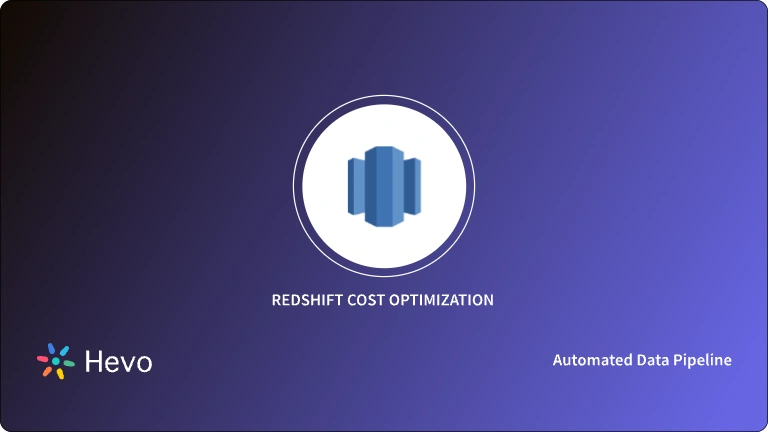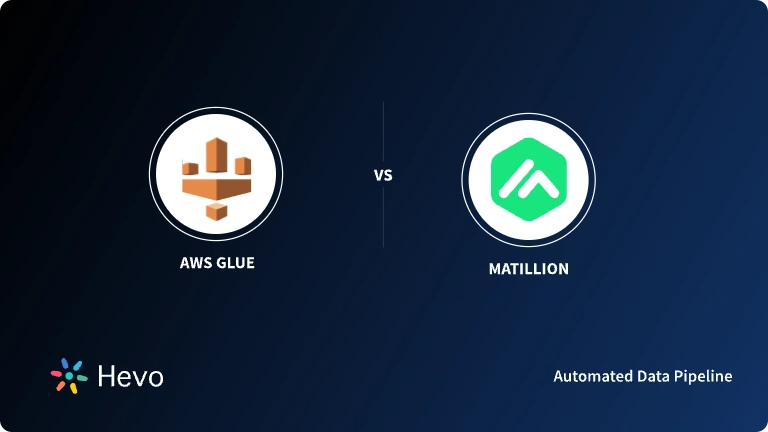The evolving needs of scaling SMEs demand the right tools to perform a wide range of functions. However, deploying and managing them requires dealing with a huge data volume. This is where data integration tools come into the picture.
Data integration tools help export, transform, and load datasets from diverse sources, simplifying data analysis. But where can you find the data integration tool that best suits your business needs?
AWS Marketplace is a hub where sellers can offer a seamless and quick buying process. Moreover, buyers on AWS Marketplace can find the perfect tools and streamline software procurement and invoicing. Let’s dig deeper.
Table of Contents
What is AWS Marketplace?
AWS Marketplace is a digital catalog curated to simplify the process of finding, purchasing, implementing, and managing third-party software and services.
It ensures seamless software procurement by offering software listings across categories like business applications, security, machine learning, data analytics, etc. on a central platform.

Hevo makes it effortless to connect AWS data sources like OpenSearch, Elasticsearch, S3, and Redshift to your desired destinations. Simplify your data workflows and ensure smooth integration with our no-code platform.
Why Choose Hevo?
- Broad AWS Support: Integrate with AWS S3, OpenSearch, Elasticsearch and load data into AWS Redshift.
- Automated Data Pipelines: Streamline data transfer and synchronization without manual effort.
- Real-Time Updates: Keep your data current and accurate for effective analysis.
Join 2000+ Happy Customers who trust Hevo. Don’t just take our word for it – see why Hevo is rated 4.3/5 on G2.
Get Started with Hevo for FreeReasons to Use AWS Marketplace
According to Ruba Borno, the Global Channel Chief for AWS, the AWS data marketplace has 330,000 customers who transact regularly.
Here are the reasons why SaaS businesses use the AWS cloud marketplace for buying and selling software.
Reasons for Buying through AWS Marketplace
The percentage of buyers purchasing through cloud marketplaces is rapidly increasing. This shows the growing demand and adoption of cloud marketplaces by SaaS businesses.
1. Easy software delivery
With Amazon marketplace, you can get your software delivered as a SaaS, container, or data product and access the quick deployment options.
Pro-tip: With Hevo’s real-time ELT no-code data pipeline, you can integrate with more than 150+ data sources, exporting, loading, and making the data analysis-ready. As a result, you can sync your newly deployed software system with the existing tech stack faster.
2. Cost savings
The AWS Marketplace gives you several cost-saving options. For example, many Partners provide personalized customer offers and run Enterprise Discount Programs (EDP) for companies with long-term or high commitment levels. Moreover, cutting back on expenses like site licenses counts toward your savings level.
Pro-tip: Use a data integration tool to create customized offers for your data product. It can help you bring all your customer data into one unified platform and tailor offers that work the best.
3. Access to partnerships
Data integration is crucial in software implementation. With data integration tools like Hevo, you can deploy software faster by effortlessly integrating your data from diverse sources. AWS offers a broad network of Marketplace Partners with the expertise to deliver advanced support. Sellers can partner with companies offering complementary products and services to offer you easy installations.
Reasons for Selling through AWS Marketplace
Research by Statista revealed that around 17,300 products and services were offered on the AWS marketplace. Here’s why.
1. Build credibility and better customer relationships
As AWS sellers, you can earn the trust of your audience as the platform lists products only after a thorough pre-approval process. Additionally, you can request buyers to submit their reviews for your product to help build brand credibility by validating the purchase decisions of other customers.
Further, you can utilize ETL tools to consolidate the reviews and analyze them to gain insights into customer feedback. As a result, you can improve your product and offers based on feedback to build better customer relationships.
2. Flexible pricing
The AWS Marketplace offers several pricing options. The platform allows sellers to choose hourly or monthly pricing, annual pricing, contract and usage pricing, and buy-your-own license pricing. Moreover, AWS offers you a pay-as-you-go pricing model to accommodate the needs of various businesses.
3. Seamless billing and payments
Selling data products or software on the AWS marketplace helps streamline the billing system. The platform automates the billing, collections, and disbursements allowing sellers to focus on promoting and selling their products.
Further, to maintain invoicing transparency, you can use tools like Hevo to accurately replicate invoices from the Amazon Redshift warehouse service to your preferred destination.
Tips to List Your Data Integration Product in AWS Marketplace Successfully
Here are a few tips to submit your AWS Marketplace listing successfully.
1. Check requirements and complete taxes
Start product listing in the AWS Marketplace by checking the requirements in the AWS Marketplace Seller Guide. Follow the registration requirements based on your location and the type of product you want to list. Next, complete your tax and banking registration immediately after registering as a seller.
- US-based entities require a W-9 and a bank account with a US-based bank
- EU state members require W-8, VAT number, and a US bank account
- Sellers who don’t have a US bank account can register for a virtual US bank account after submitting their tax information in the AWS portal
2. Opt for additional seller services
There are several additional services for sellers you must consider to list your product successfully in the AWS Marketplace.
- AWS Marketplace Commerce Analytics Service – A service allowing sellers to programmatically access product and customer data.
- AWS Marketplace Tax Calculation Service – This service allows sellers to include US Sales tax and Use tax collected from customers in monthly disbursements.
- Product support connection – A service that allows AWS Marketplace buyers to provide contact info to access product support.
3. Understand AWS charges
Before submitting your product, review the charges on the AWS Marketplace portal.
- AWS collects software charges from customers for paid products
- Open-source or free software doesn’t require any service fee
- Products on AWS Marketplace can be priced based on models like annual pricing, contract pricing, usage pricing, and Bring Your License pricing
- The seller’s fee for software usage is $0.12/hour
- AWS has infrastructure charges like, for EC2 the charges are $0.085/hour
- AWS charges different listing fees for different products. For example, the public offer listing fees for SaaS and AWS data exchange is 3%, and for servers (AMI, container, and machine learning) is 20%. Similarly, there are private offer listing fees and professional services listing fees.
4. Prepare product metadata and review policies
Follow specific steps to prepare your product metadata for AWS Marketplace and review the product policies before submitting it.
- Sign in to your seller account and head to the AWS Marketplace Management Portal
- Choose machine learning (to list a new machine learning product) under ‘Products’
- Provide a product title, brief product description, product category, overview, and other relevant details
- Highlight key product selling points, choose software categories (up to three) and subcategories to boost product discovery
- Add up to three search keywords to help buyers find your product via product search
Conclusion
AWS Marketplace has become a trusted source of software procurement. While the demand for cloud marketplaces is on the rise, SaaS sellers must show up on the AWS Marketplace to reach out to a wider audience.
Access and share third-party data on AWS with AWS Marketplace Data Exchange, ideal for analytics and machine learning. Learn more at AWS Marketplace Data Exchange.
Whether you’re looking for developer tools or finding a way to overcome your data integration challenges, AWS Marketplace is your destination to get the right software. For instance, if you’re a scaling business with unmanageable data volumes, you need a zero-maintenance data pipeline platform like Hevo.
Want to know more about Hevo?
Hevo can help you integrate your data from numerous sources and load them into a destination to analyze real-time data with a BI tool such as Tableau. It helps transfer data from source to a destination of your choice for free. It will make your life easier and data migration hassle-free. It is user-friendly, reliable, and secure. Check out the Hevo Pricing details here.
Subscribe to Hevo via AWS Marketplace and get offers tailored to your needs.
Frequently Asked Questions
1. How can I subscribe to Hevo’s SaaS offering through AWS Marketplace?
You can easily subscribe to Hevo’s SaaS offering via the Hevo app hosted on AWS Marketplace. The app complies with all AWS regulations regarding usage metering, ensuring a seamless experience. Existing customers looking to migrate to AWS account-based billing can contact Hevo Support for assistance.
2. How do I transition my existing payment method to AWS Marketplace as a Hevo customer?
Simply contact your Hevo account executive or Support team to facilitate the switch. Ensure you have an active AWS Marketplace account with Admin access, set your AWS Buyer ID’s default payment method to Invoicing Plan, and hold the Billing Administrator role in Hevo for seamless transitions.
3. How secure is AWS Marketplace?
AWS Marketplace ensures high-level security that is regularly evaluated and validated by third-party auditors as a part of the AWS compliance programs. To learn more, visit AWS Marketplace Security.




